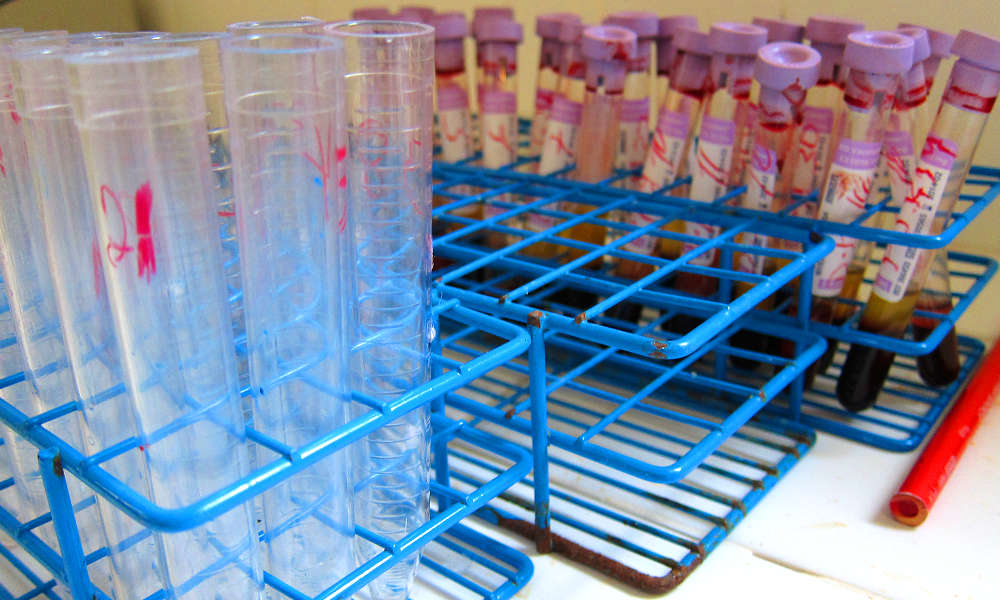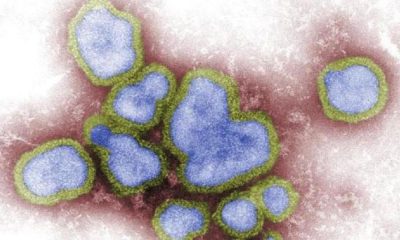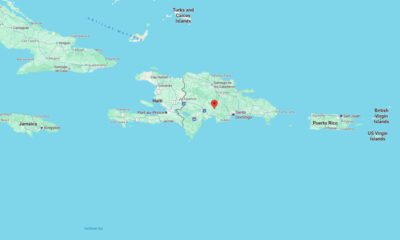Reviews
How Domestic DNA Kits Work, and What They Can Tell You

Direct-to-consumer DNA testing kits have recently entered the mainstream, providing profiles of ancestry, visible traits, and, in certain cases, health susceptibilities through a simple cheek swab. A colorful kit greets curious buyers, yet many remain uncertain about the underlying procedure and the reliability of the results.
Commercial tests read a carefully curated set of single-nucleotide polymorphisms SNPs through microarray technology, as opposed to performing whole-genome sequencing. The profile thus emerges as a collection of snapshots, estimating ethnic background, identifying potential relatives in the database, and flagging a handful of genetic conditions rather than rendering a panoramic medical history.
Leading brands, including 23andMe, AncestryDNA, MyHeritage, and LivingDNA, differ in marker selection and interpretation, making side-by-side comparisons anything but straightforward. Beyond the biological insights, shoppers must also consider data ownership, long-term storage, and the practical application of discoveries already outlined in privacy policies.
How Domestic DNA Kits Work
A typical domestic DNA testing kit invites you to expectorate into a plastic tube or swipe the inside of your cheek before sending the sample to a laboratory. Technicians there isolate your DNA and prepare it for analysis on a microarray chip already studded with hundreds of thousands of printed probes, each representing a distinct known variant.
Once the material is in-house, enzymes break the DNA into small pieces that adhere to their corresponding spots on the slide. Wherever a match occurs, fluorescence lights up that particular location, instantly marking the presence of that variant in your sample.
Customers receive ancestry estimates expressed as percentages tied to contemporary population clusters, while companion algorithms sift through the user pool to flag potential relatives.
For medical reporting, the files list only a narrow selection of clinically interesting sites like BRCA loci or APOE haplotypes. Because the chips interrogate just a fragment of the genome rather than the whole sequence, the portrait they paint is both useful and frustratingly partial.
What They Can Tell You: Ancestry & Genealogy
For many casual testers, the primary appeal of a home DNA kit is ancestry mapping and discovering distant relatives. An autosomal snapshot, capturing nearly all the autosomal DNA passed down through hundreds of years, will commonly link users with cousins in the fifth-degree range, as judged by shared segment length.
Firms such as AncestryDNA, 23andMe, MyHeritage, and LivingDNA mash the raw genotypes against regional reference panels and sprinkle the results with regional percentage estimates.
Sometimes the surprises land hard: a long-lost sibling surfaces, or a birth-parent bond appears out of the blue. The tools may be powerful, yet they stumble; a single ethnic label can swing from Northern European to Irish and back again as databases grow. Sharp edges remain, not least the fact that close pairings are assessed with far greater certainty than the hazy picture we get of tenth-great-grandparents.
What They Can Tell You: Health & Traits
1. Ethnic backgrounds and Ancestry
A very common outcome of DNA testing is that it can tell you your ancestry and ethnic origins. They do this by studying the genetic markers within your genes, and then comparing these with those of different reference populations from all over the world. On account of these comparisons, the test estimates what proportion of your genome arose in diverse parts or among specific categories.
2. Genetic Relatives
DNA tests can also identify biological relatives who have taken the same test. By analyzing how much DNA is shared between a person being tested and others found in a company’s database, it is possible to estimate relationships such as siblings, half-siblings, cousins, or even unknown parents or children.
3. DNA test for Health Information
Genetic screening examines discrete markers within an individual’s DNA and thus reveals whether particular variants correlate with a heightened probability of disorders such as breast carcinoma, celiac syndrome, or similar maladies. The information provided by the assay remains advisory in nature and does not, by itself, constitute a formal clinical diagnosis.
4. Carrier Status of Inherited Diseases
A number of DNA tests can tell you if you are a carrier for inherited genetic conditions. This means that you may have one copy of a mutated gene that could result in a child inheriting a genetic disorder if passed with another mutated copy from your partner.
Limitations & Risks
1. Unexpected and Emotional Family Discoveries
Sometimes, DNA tests can expose surprising family ties that may lead to emotional pain. For example, finding out that one’s half-sibling is a sibling, finding out that one’s parent is not biologically related, and discovering an unknown child or cousin may be astonishing.
2. The Adoption Maze
Adoptees who attempt to locate their relinquishing families normally confront a string of hurdles that can stretch over years. Variability in state-recording statutes means that what is routine in one jurisdiction may be almost impossible in another.
Searching for a biological mother or father is therefore structurally uneven; elation at a breakthrough is matched by agitation over yet another closed file.
3. Incomplete Genetic Picture
This method checks your genome for specific parts that have known variants. Unlike full genome sequencing, which reads your complete genetic code, it focuses only on some parts of the genome.
As a result, many genetic variations that could be potentially important go unexamined. Even within health reports, only a limited number of gene markers are analyzed.
4. Psychological Effects of Results
An individual may react with considerable emotional distress upon receiving genomic data that signals increased vulnerability to a specific illness or that unveils an unrecognized familial connection. Elevated anxiety and, in some cases, clinical depression, frequently follow such disclosures.
A different form of shock can occur when a person discovers through DNA analysis that the narrative of ancestral heritage imparted during childhood differs sharply from the laboratory finding. The identity crisis that sometimes ensues is both puzzling and, occasionally, unsettling.
Choosing the Right Kit & Using Results Responsibly
When considering a kit, ask:
- Your goal: Genealogy, health insights, or both?
- Choose reputable companies like 23andMe, AncestryDNA, MyHeritage, or LivingDNA.
- Compare reference populations: Larger, more diverse databases improve accuracy. MyHeritage (6.5 M+), Ancestry, and 23andMe dominate.
- Review privacy policies: Understand data sharing, sample storage, and opt-out capabilities.
- Recognize clinical limitations: Major health concerns require professional evaluation and testing by healthcare providers.
- Use in tandem with genetic counseling, which adds interpretive value and context.
Use results cautiously: for genealogy, verify matches with family records. For health, seek confirmation via clinical testing. Stay alert for updates—companies intermittently refine algorithms and add markers.
The Future: What Lies Ahead
Personal DNA testing is evolving rapidly. We’re likely to see:
- Deeper sequencing: Reduced sequencing costs may make exome or whole-genome sequencing kits more affordable, revealing a greater number of variants.
- Improved health tools: As data continues to grow, risk prediction models will evolve and provide actionable insights.
- Integrated platform ecosystems: Genealogy data may combine social networks, philanthropy, and medical record integration (with privacy controls).
- Regulatory oversight: Governments may demand more transparency and privacy protections in DTC testing.
- Ethical standards: Issues such as genetic privacy, data usage by law enforcement, and informed consent will prompt the development of new norms.
- Personalized medicine: DTC results may increasingly integrate with clinician‑approved services for tailored screenings and prevention.
While at-home kits will remain accessible, primers, medical-grade testing, and genetic counseling will be crucial for clinical decisions. Understanding limitations and engaging critically will be key to harnessing their potential.
Conclusion
Domestic DNA testing kits offer a fascinating glimpse into ancestry, traits, and select health markers, all from a simple saliva sample. They utilize genotyping arrays and powerful reference data to generate ethnicity estimates and match distant relatives, opening doors to personal and genealogical discovery.
Yet they remain limited: they don’t sequence the full genome, may deliver uncertain or misleading ancestry signals, and only cover a fraction of possible health variants. Privacy, medical misinterpretation, and emotional surprises are real risks.

-

 World1 week ago
World1 week agoCargo plane plunges into sea at Hong Kong airport; 2 killed
-

 Health1 week ago
Health1 week agoMexico reports new human case of H5 bird flu
-

 US News3 days ago
US News3 days agoUnwarned tornado suspected in Fort Worth as storms cause damage and power outages
-

 World1 day ago
World1 day agoU.S. Navy helicopter and fighter jet crash in South China Sea; all crew rescued
-

 Legal1 week ago
Legal1 week agoMan armed with AR-15 arrested after threats to ‘shoot up’ Atlanta airport
-

 Legal2 days ago
Legal2 days agoMultiple injured in shooting at Lincoln University in Pennsylvania
-

 World1 week ago
World1 week agoMagnitude 5.0 earthquake rattles Dominican Republic
-

 World6 days ago
World6 days agoMagnitude 6.1 earthquake strikes Ecuador–Peru border region



